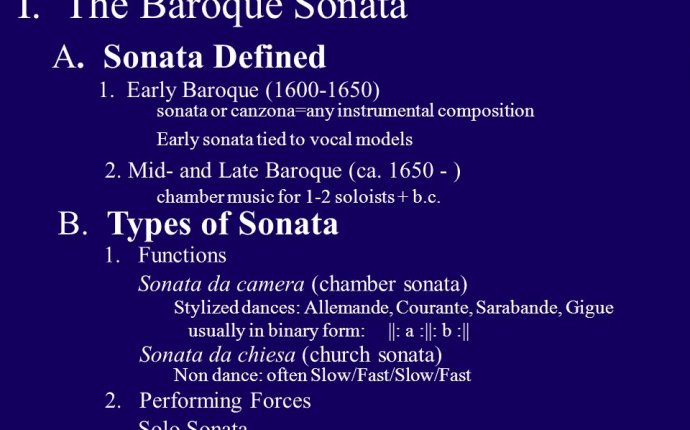
baroque sonata
Beginning early in the 17th century there emerged a chamber music idiom that both exemplified some of the defining stylistic traits of the Baroque era and proved to be popular over the entire span of the era-the trio sonata. This multi-movement type of instrumental work involved two active and often contrapuntal treble lines played, most typically, by a pair of violins (but pairs of flutes, recorders or oboes could also be written for or used to substitute for the violins), and an anchoring bass line provided by a bass viol, violone, violoncello, or bassoon. The middle register between these extremes was filled in by an improvising harmony-producing instrument such as a small organ, a harpsichord or a theorbo. Together, the bass line and the improvised harmony part are referred to as the ‘basso continuo.’ The inventory of instruments below illustrates some of the possible instrumentation options found in the extensive trio sonata literature composed during the Baroque era. Pairs of the first four instruments would be used for the treble range parts. The base line of the basso continuo could be rendered on any of the next three chordophones and aerophones in the pictorial inventory. The final three instruments pictured were amongst the most common harmony instruments employed for the performance of Baroque music in general and for the trio sonata idiom in particular.
Five recorded examples have been selected to illustrate some of the variety of instrumentation used for the performance of Baroque trio sonatas.
two violins, bass viol, organ [clip 1]
two violins, violoncello, theorbo [clip 2]
two flutes, violoncello, harpsichord [clip 3]
two tenor recorders, violoncello, organ [clip 4]









